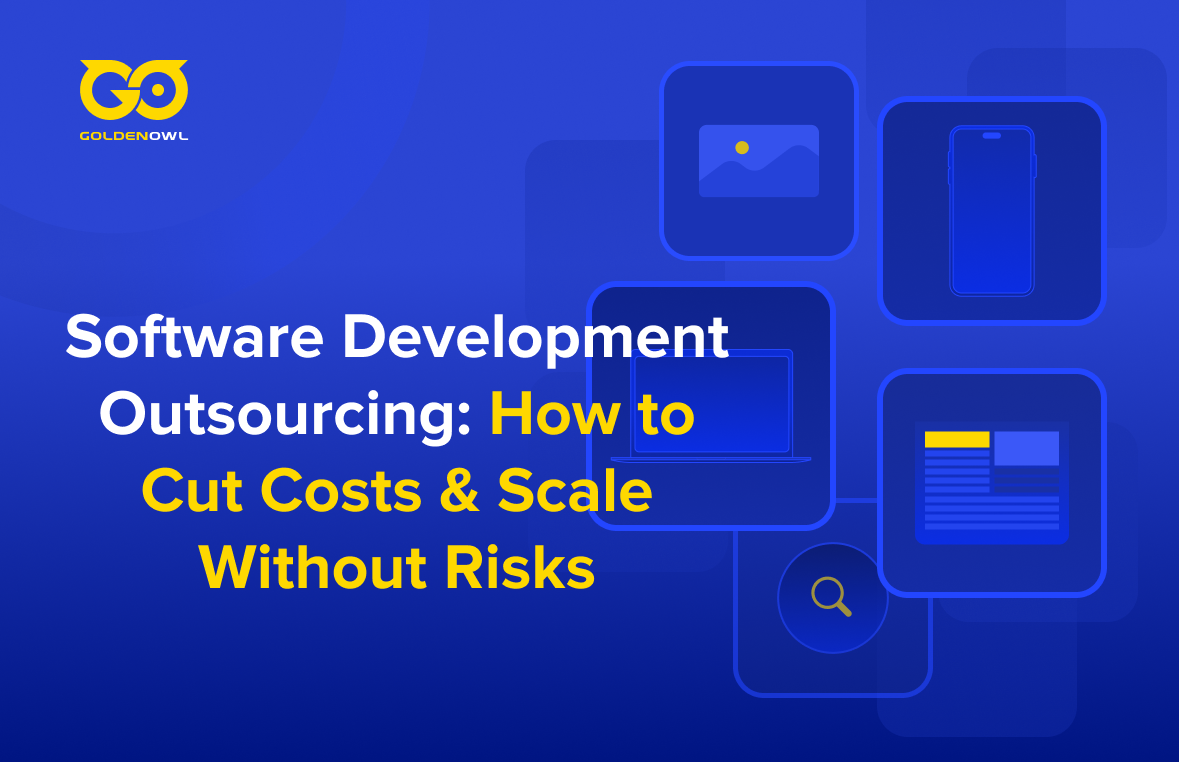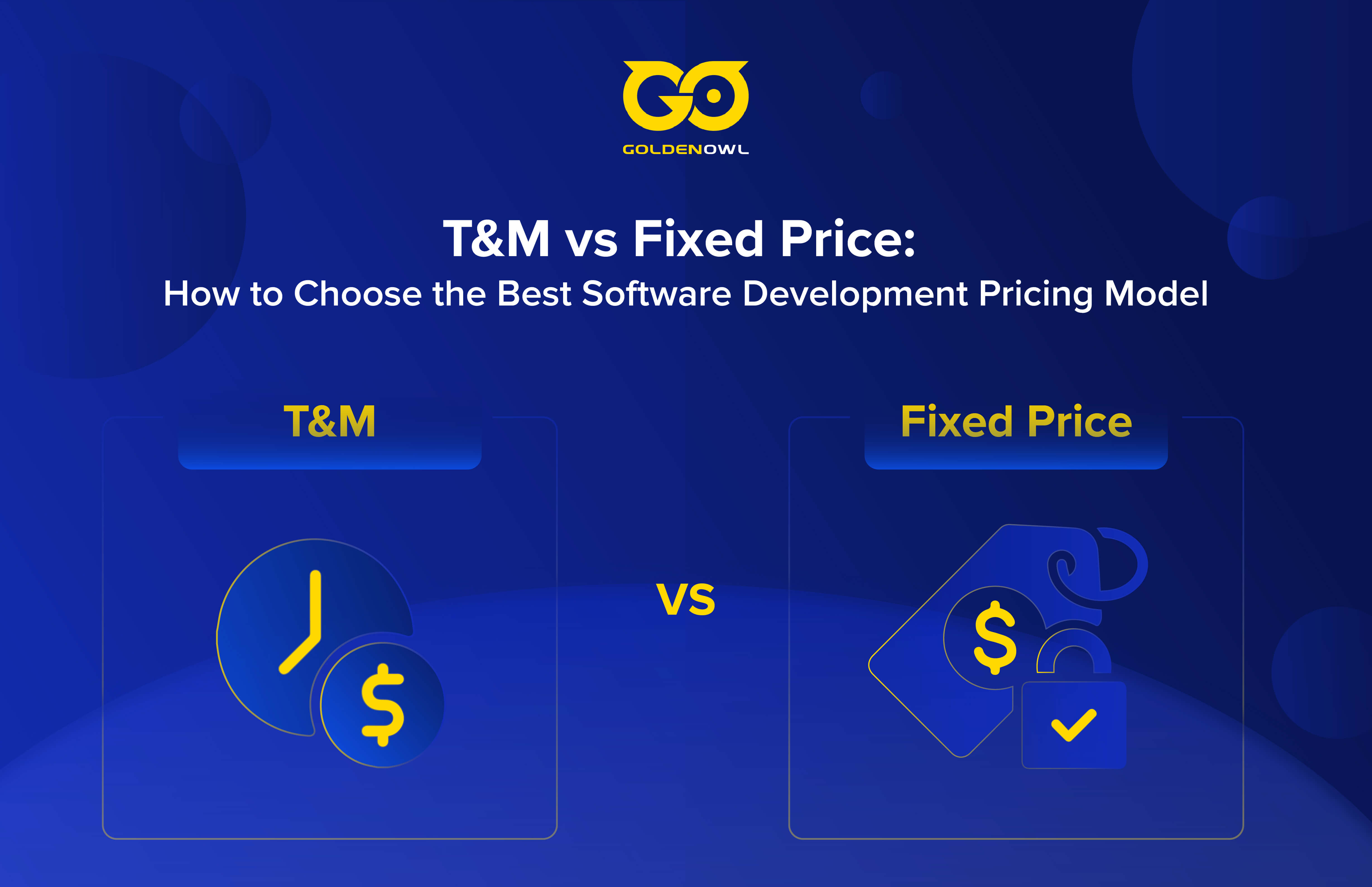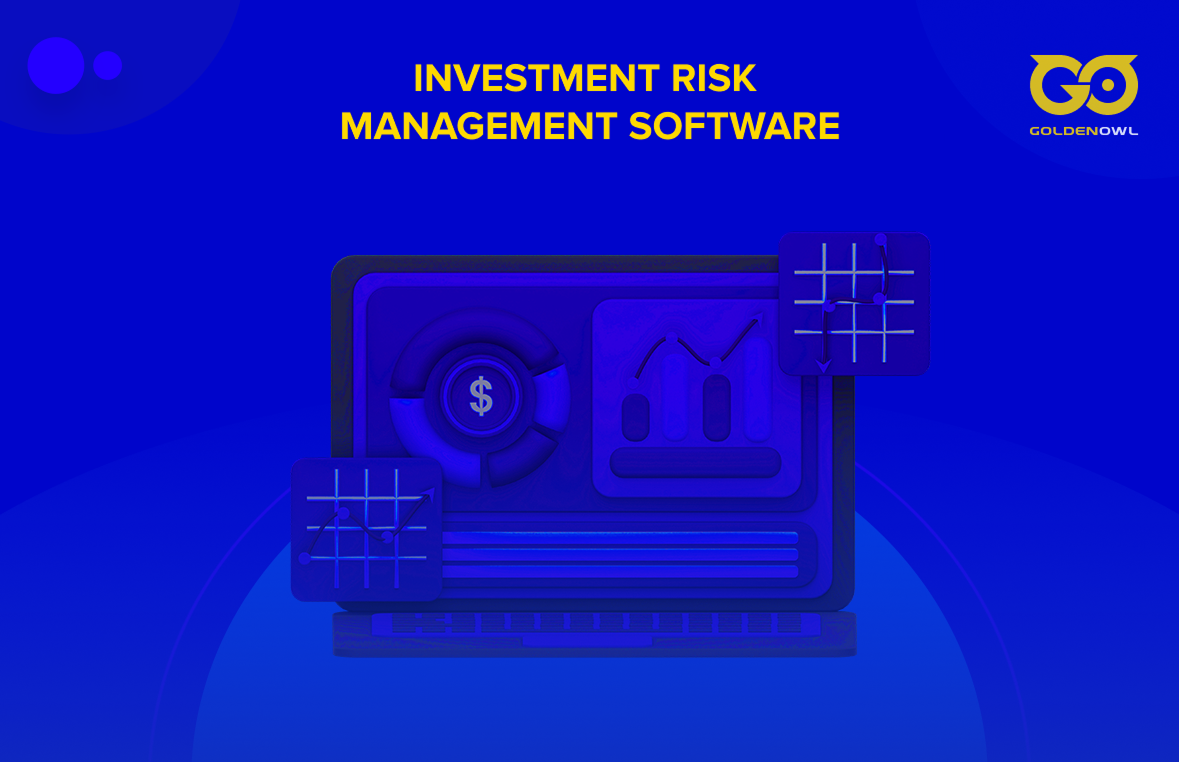In recent years, there has been a rising tendency in e-commerce to embrace the microservices approach to software design, which has surpassed the previous monolithic model.
Microservices architecture is frequently described as the facilitators of tomorrow's e-commerce. Why?

In a nutshell, microservices provide your organization with expertise, speed, and dependability by encapsulating each business capability into distinct services that communicate effectively with one another.
Not only that, microservices promise quick adaption of a company's chances in a constantly changing internet sales market.
This enables a quick anticipatory response to client requests, which is critical in today's e-commerce environment.
Read more: mCommerce - the next trend of eCommerce industry in 2022!
WHY ARE MONOLITHIC ARCHITECTURES SO BAD FOR ECOMMERCE BUSINESS?
The out-of-the-box simplicity of monolithic structures was once appreciated by several e-commerce companies. They were a long-term investment that would provide firms with the e-commerce capacity they required for years to come, allowing them to concentrate on other tasks.
However, as time has passed, these supposed benefits have become problems.
While monolithic designs are straightforward to create, test, and deploy, their limits rapidly become obvious, especially in the digital era:
In the age of subscriptions, these limits are much more obvious.
If you're selling things or services online these days, you're probably providing subscriptions.
In fact, 95% of businesses provide at least one subscription-based service.
New versions of monolithic systems are likely to be released every 3-5 years only to keep the existing solution running, without necessarily providing any new features or value.
As a result, compared to microservices, monolithic design is considered obsolete by today's standards. It's also rigid, scaling is difficult or impossible, and it's prone to lengthy periods of outage.
Read more: 5 undeniably smart tips to increase ecommerce conversion rates
WHY MICROSERVICES?
From an e-commerce perspective, microservices are the best approach to prepare eCommerce systems for traffic spikes, as well as to incorporate and test the latest developments, such as new payment methods, voice assistants, and progressive web apps, without taking substantial risks.
Faced with shifting consumer needs, the development of the mobile web, and ever-shorter innovation cycles, merchants must ensure that their organizational and technical structures allow for agility and speed.
Today, speed is a key difference in the marketplace. The capacity to scale fast is one of the most important advantages of a microservices design.
Because everything has to be scaled at the same time, monolithic designs are far more inflexible.
The microservices architecture, on the other hand, enables businesses to grow individual application components to fulfill specific use cases.
Read more: Microservices are indeed the future of Fintech app!
Furthermore, because microservices allow you to update individual components without disrupting larger systems, businesses may make changes with minimal downtime.
To put it another way, with a microservices design, engineers can upgrade the plane while it's in the air.
MAIN KEY BENEFITS OF MICROSERVICES FOR ECOMMERCE PLATFORM
1. Constancy: Microservices may be separated from the wider platform ecosystem for troubleshooting difficulties since they function independently of one another.
Because a problem with one microservice has little or no influence on the bigger system, this translates to increased consistency. Without jeopardizing the platform's reliability, any microservice may be built, tested, and released on its own.
2. Reduced software complexity: Because microservices have limited functionality, controlling and upgrading them is significantly easier. The transition from a monolithic design to microservices is thus advantageous for an e-commerce business.
3. Faster time to market: Decentralization allows you to swiftly test new technologies, systems, and solutions.
It also lets developers work with the platforms and languages of their choice, rather than being limited to just one.
That means you can keep testing and implementing new e-commerce technologies without having to rebuild the entire system.
4. Enhance codebase simplicity: Because microservices are separated from the bigger system, they are easier to manage and upgrade. For large changes, a monolithic system requires updating the entire codebase. Microservices, on the other hand, serve as self-contained systems within a system.
5. Cost-effective because of the decreased downtime: Developers have more time to incorporate code reuse since the overall development time is cut down significantly. Decoupling also helps you save money on infrastructure while increasing overall effectiveness.
Read more: 6 Ecommerce trends in 2022 driving your business to success
CONCLUSION
Better security, additional features, a shorter time to market, a smooth implementation technique, flexibility, and simple outsourcing are among the advantages of Commercetools' microservices.
Retailers can achieve customer expectations for seamless integration experiences by using microservices because of their flexibility and scalability.
Now that you have come to a decision, but do not know where to start? Don't worry, we're here to help! Please do not hesitate to contact us whenever you want assistance!





















